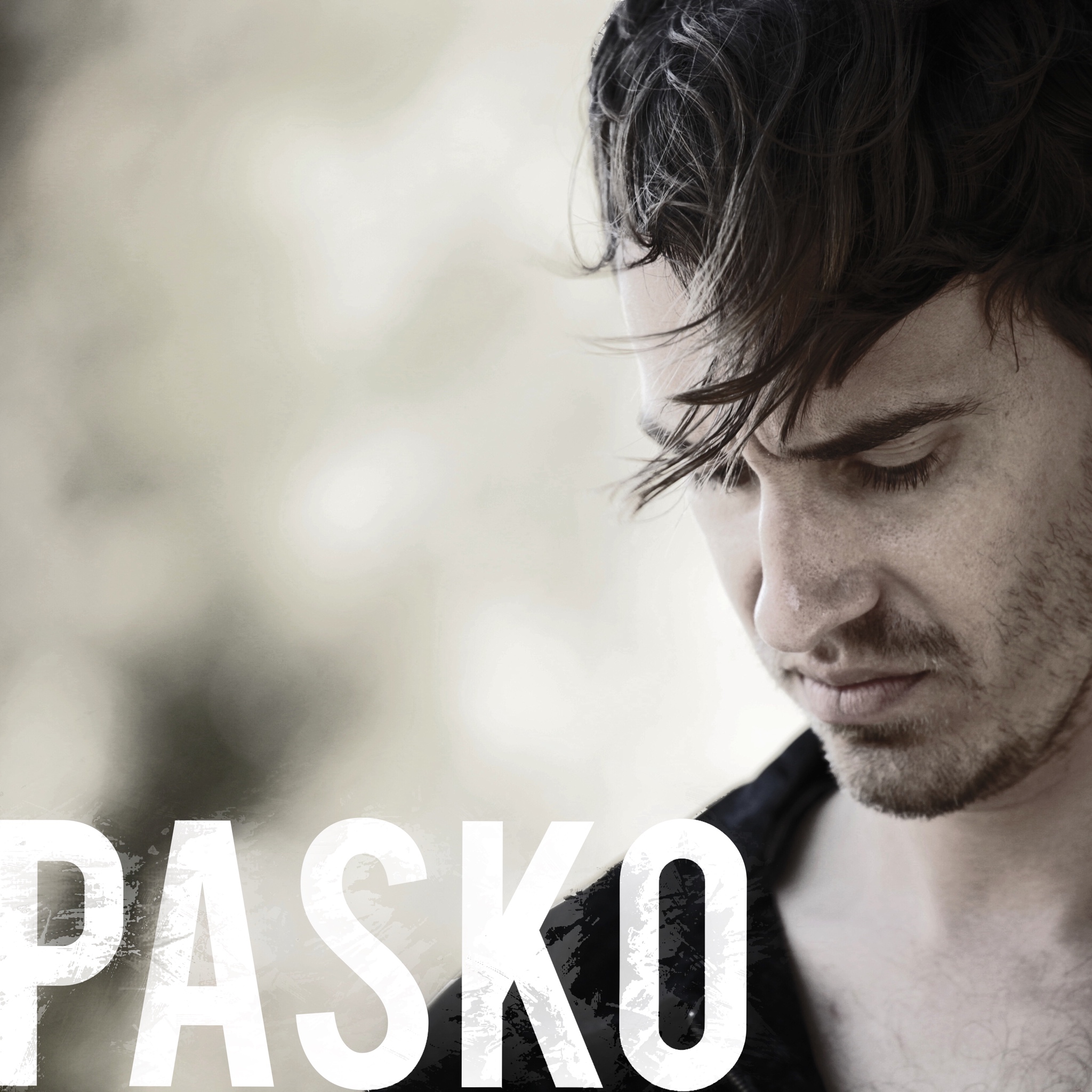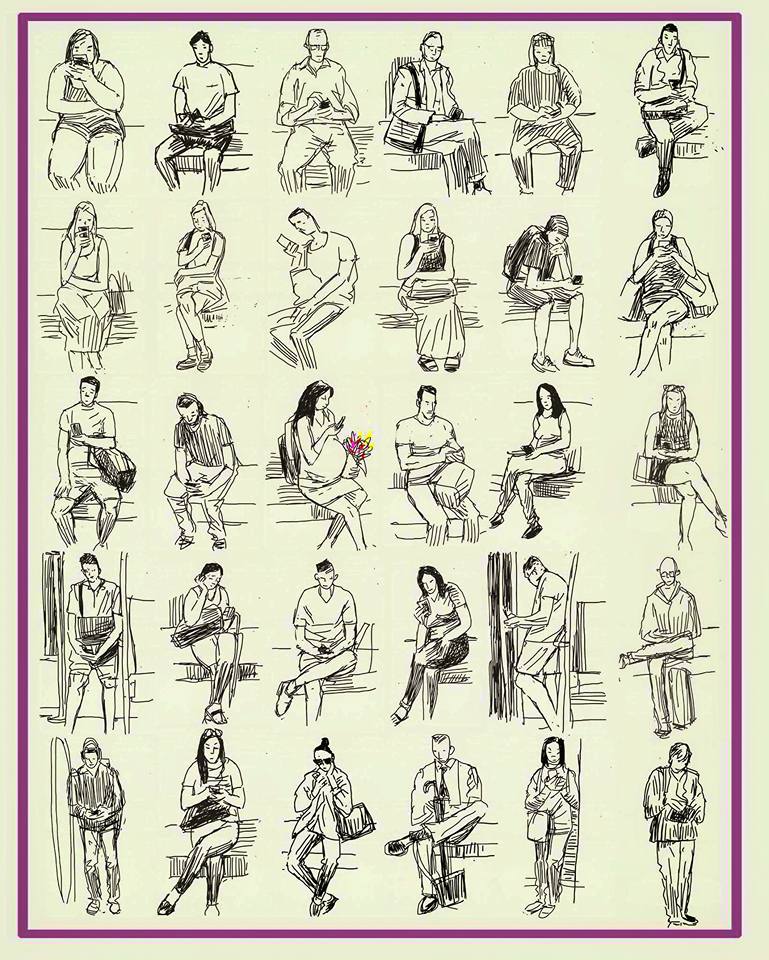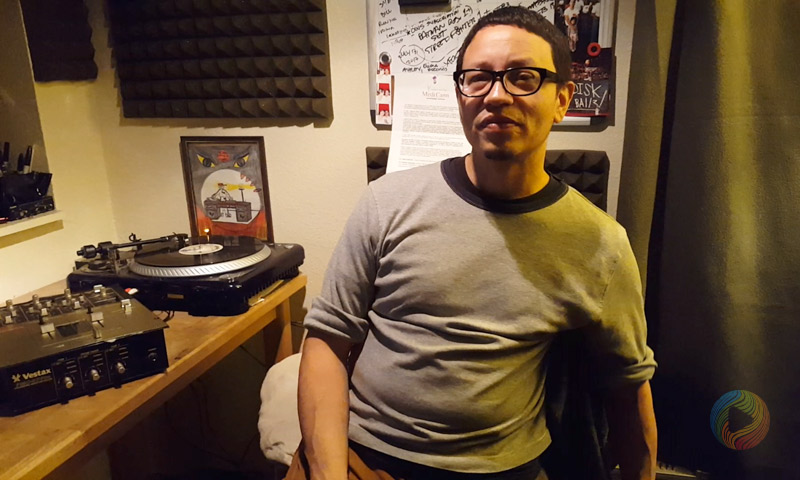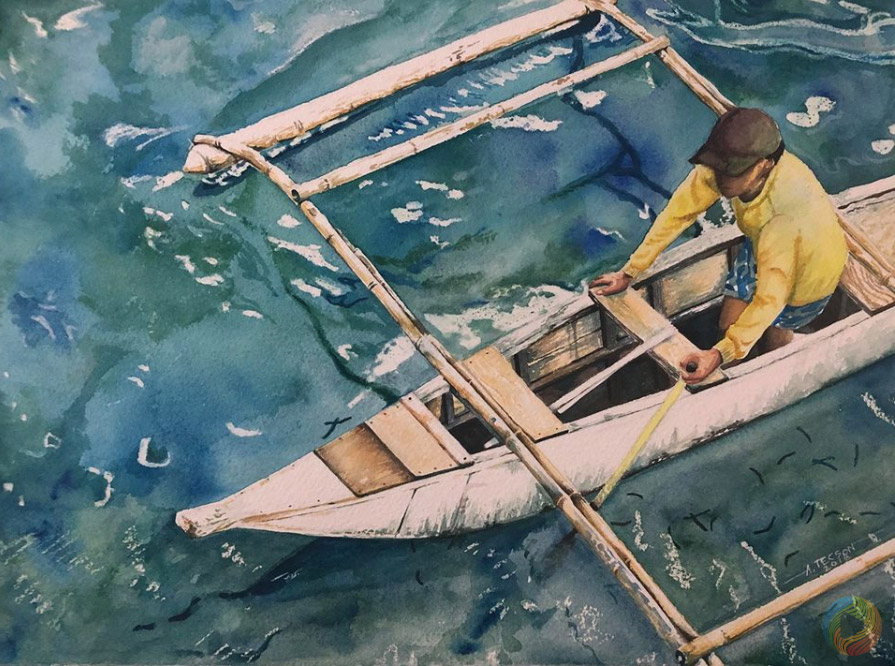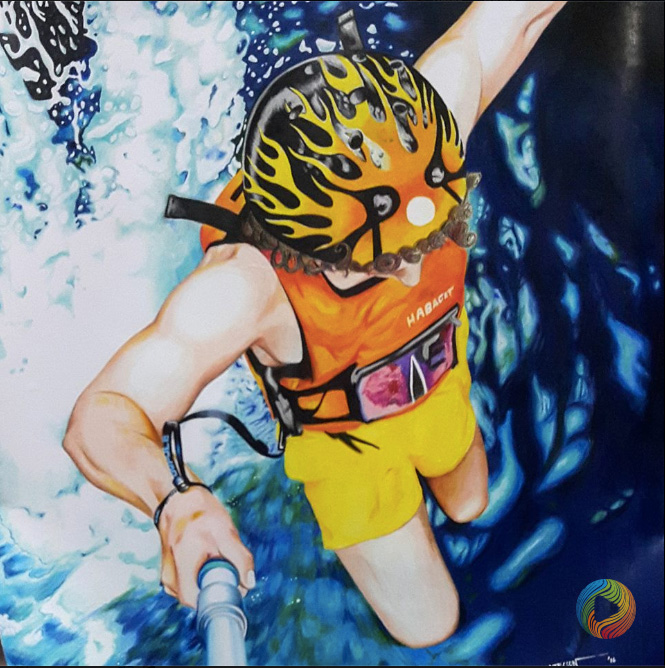Featured Word
Film Review by Aaron Darc -Art Intimates Life: “Ai Weiwei’s Human Flow”
Go to: Aaron Darc – Film review artist's page.
Ai Weiwei is a name some of you will know and some of you won't. It matters because Human Flow, Weiwei's current “documentary” on the global refugee crisis, while totally worth seeing, must be engaged on its own terms and in the correct context. That context is that Weiwei is not really a documentarian but one of the world's most celebrated contemporary artists – and, in line with this, Human Flow is not really a documentary, it is a two and a quarter hour artwork. I don't mean it's “arthouse”. I mean it's art. And it's very, very fine art at that. But this is the only film I've seen recently where some of the audience literally applauded at its end, yet only after two others had walked out mid-screening. I'm guessing the difference was largely the expectation of a conventional documentary versus seeing an artist's latest piece.
Whilst there is no narrative arc per se, what structure there is relies simply on geography; travelling episodically from country to country, covering the crisis' flashpoints. Some take us to the origins of the displacement, such as Syria or Kenya; while other episodes place us directly inside the tensions and sufferings found at the borders where a new life may or may not be gained, from Germany to Greece. We even go to the Mexico-US border, to see the wall a certain American president would like to replace with a much bigger one.
On none of these stops, however, does the film try to become educational in any black and white way. A handful of talking head interviews are littered throughout the film, but act more as ruminations than illuminations. There is an occasional numerical fact on screen – mostly numbers of refugees crossing particular borders – but never is any scene set by outlining the political narrative driving those numbers. Instead, Weiwei more abstractly uses global western news headlines to title each chapter and place them in any sort of recognisable context. And that's pretty much it. Savvier, socially conscious, or well-read viewers might be able to use these cues to construct deeper understandings of what is unfolding on screen; but if you go into the cinema without much awareness of the logistics of the refugee crisis, you're not going to be illuminated by Human Flow. Watch the trailer here
You are still very much intended to be moved, however, by the portraits and images the film masterfully creates – and likewise, to react meaningfully. As an artist, Weiwei is concerned with the truth found in bearing witness to moments of humanity, not in learning facts. He evokes emotion, but wants his audience to use it for their own contemplation, instead of driving any kind of “story”. We meet characters with no explanation beyond the slice of their difficult life that we are given. Their details are irrelevant. Their pain, or even their strength, is enough. And there is ample of both.
Sometimes, we are to be moved by children in refugee camps who play and laugh, regardless. Sometimes, we are to simply feel the intense cold, or the hot, dry winds these souls must endure to find safety. And, of course, we are often confronted with pain. One particular scene allows us to witness a man's grief so intimately and vividly, as he stands at the graves of the children he has lost at sea in a desperate attempt to escape persecution, it feels vulgar to be doing so from the air-conditioned comfort of the plush western cinema.
In this way, Human Flow is an incredible thing we are lucky to not only have made, but to find distribution, and therefore an audience, in mainstream cinema. Usually, these pieces are imprisoned in galleries; left to be admired by elite urban arts crowds or to preach to the converted at various fundraiser screenings for social advocates. This film is certainly beautiful enough for any gallery, and provocative enough for any refugee fund-raiser event. But the lives it depicts – their desperation and determination, their hope and their incredible sorrow – are real enough, and engrossing enough, for your local multiplex or even small-town cinema house. That is a rare opportunity. Don't miss it.
Related Content 


